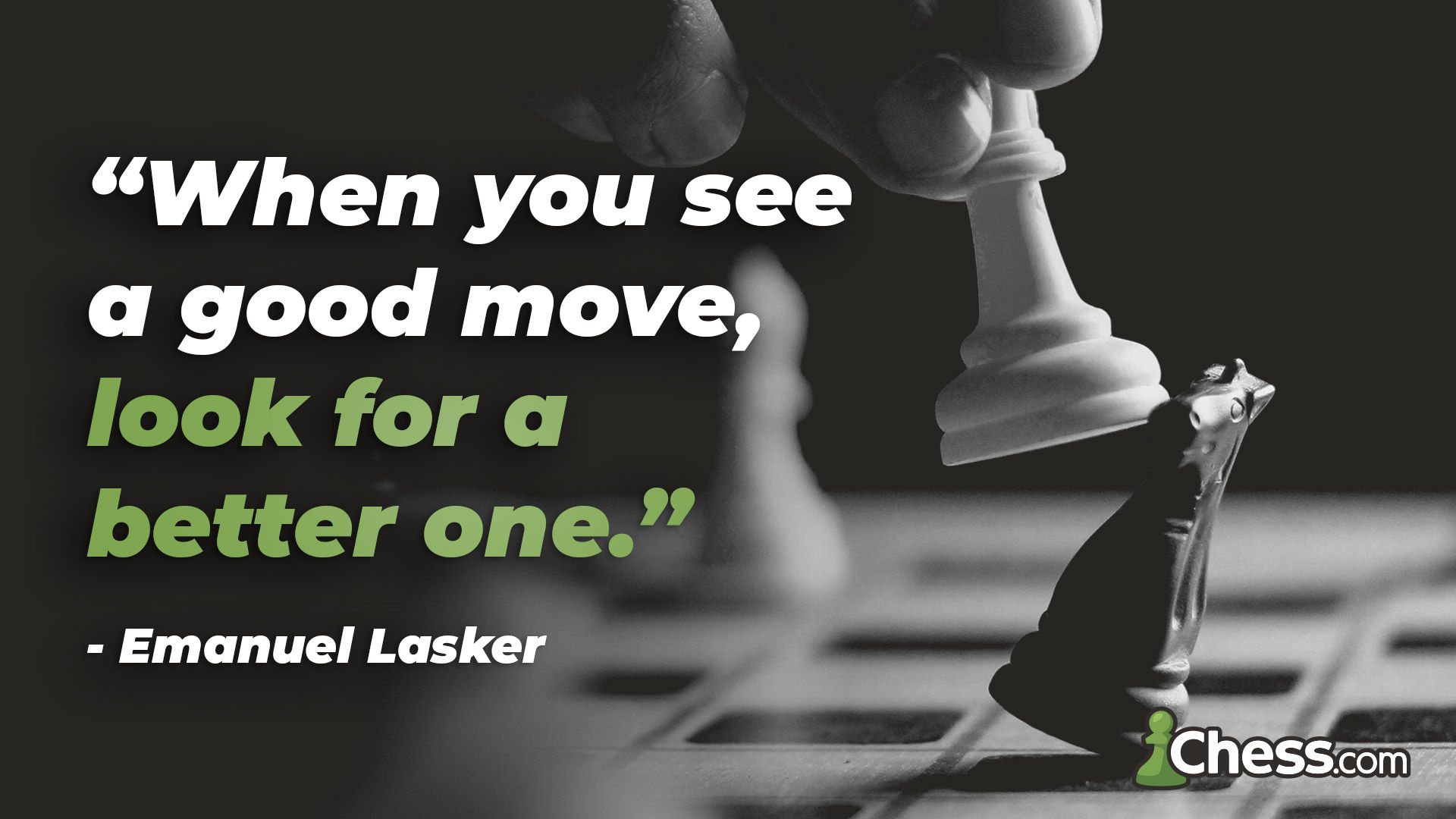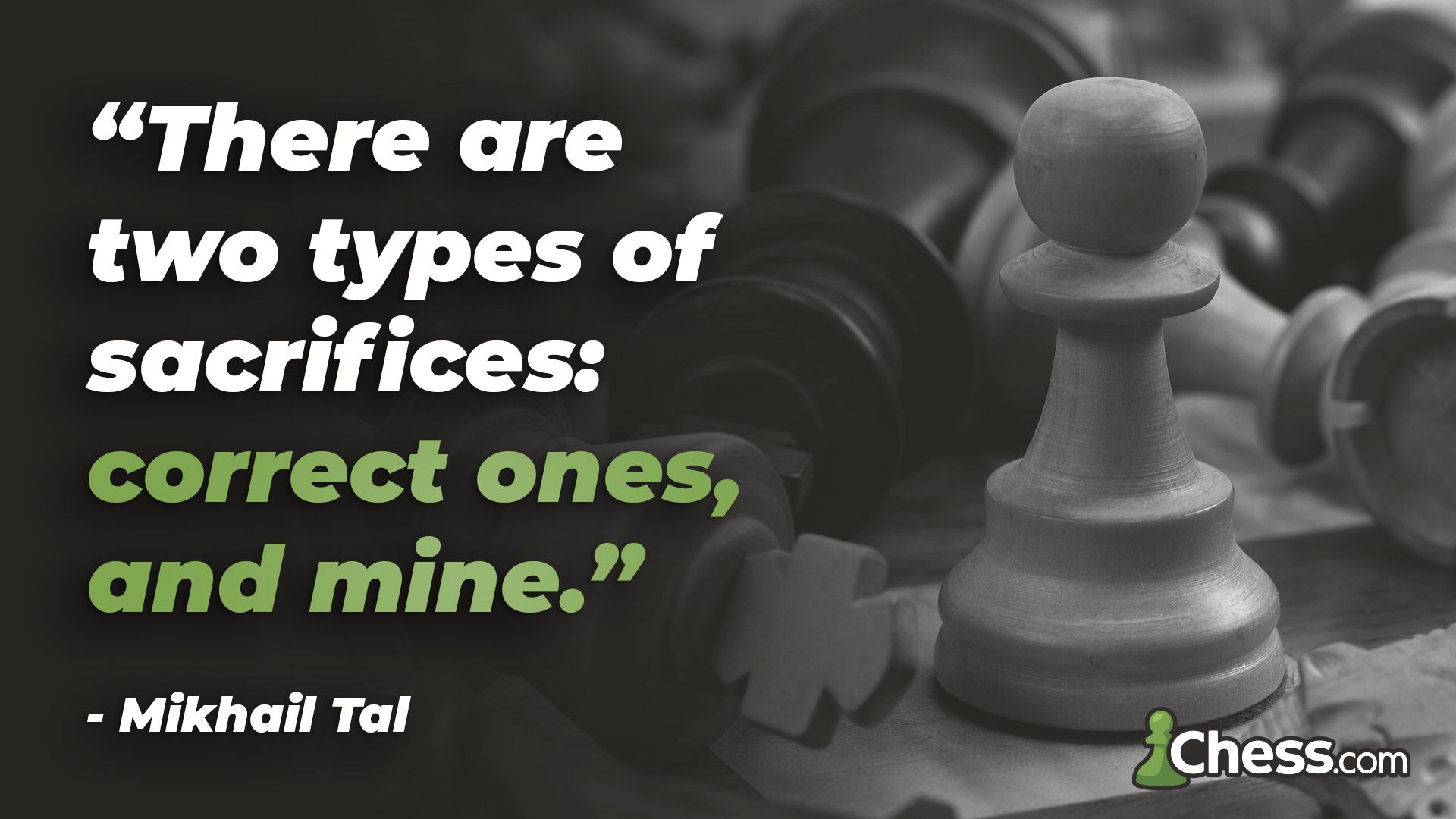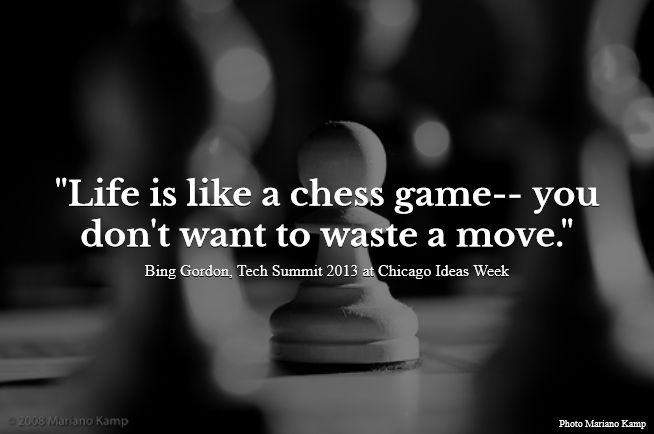
Movements of the pieces
Hi there!
How are you?
I hope you are nice!
Are you ready for a lesson?
Let's start!
To play chess, players require at least a chessboard and a set of chess pieces. If playing a timed match, a chess clock is also essential. Additionally, players often use a score sheet to document their moves throughout the game.
A standard chess set consists of two opposing armies, each comprising eight pawns, two knights, two bishops, two rooks, one queen, and one king. These armies are differentiated by color—one side has light-colored pieces, while the other has dark-colored ones. Regardless of the actual shades, the lighter side is always referred to as White, and the darker side as Black, a tradition rooted in the historical use of ivory and ebony pieces.
Chess features six distinct types of pieces: the pawn, knight, bishop, rook, queen, and king. Each piece moves in a unique way, making strategic positioning and movement essential to mastering the game.
White has 16 pieces,same with Black.White and Black together have 16+16=32 pieces.
How to win at chess?:The objective of chess is to capture as many of your opponent’s pieces as possible and ultimately trap their king. When the king is completely trapped and cannot escape, this is called checkmate, and the player delivering checkmate wins the game. However, achieving checkmate is not easy, as your opponent will actively try to protect their king and counter your moves.
The player controlling the White pieces always moves first. After the first move, both players take turns making one move at a time. When it is your turn, you must make a move—skipping a turn is not allowed. This alternating structure continues until the game reaches a conclusion, whether through checkmate, a draw, or other special conditions.
A chess piece set has two different armies of pieces, each containing eight pawns, two knights, two bishops, two rooks, a queen, and a king. Players can distinguish their armies based on their colors, with light and dark pieces. Regardless of the actual color of the pieces, the light side is called White, while the dark side is called Black—reminiscent of the ivory and ebony pieces used in the past.
There are six types of chess pieces. They are the pawn, the knight, the bishop, the rook, the queen, and the king. Each of those pieces moves differently.
![]()
![]() Rook
Rook
![]()
![]() Bishop
Bishop
![]()
![]() Queen
Queen
![]()
![]() King
King
![]()
![]() Knight
Knight
![]()
![]() Pawn
Pawn
TABLE OF CONTENTS
Rook
The Rook moves in straight lines—either across rows or up and down columns. In the diagram above, the red squares show all the places the Rook can reach in just one move. However, the Rook can’t jump over other pieces. If there’s a piece of the same color in its path, the Rook’s movement stops right before that square.
Bishop
Bishops move diagonally across the board and can travel as far as they like, as long as they stay on the same color squares. Like the rook, bishops can’t leap over other pieces—they can only move to empty squares along an open path.
Remember: One bishop always stays on light-colored squares (called the "light-square bishop"), and the other stays on dark-colored squares (the "dark-square bishop").
Each player—both White and Black—begins the game with one bishop on the light squares and one on the dark squares.
Queen
The queen is the most powerful piece in chess. She can move in any straight direction—horizontally, vertically, or diagonally. Wherever she’s placed on the board, her movement combines the abilities of both the rook and the bishop. Like those pieces, the queen can’t jump over others—if another piece is in her way, her path is blocked.
King
The two kings are central to the game of chess, as the main goal is to corner and eventually checkmate your opponent's king. Despite their importance, kings are actually the most restricted pieces when it comes to movement—they can only move one square at a time, in any direction.
Knight
The knight moves in an “L” shape—either two squares in one direction (horizontal or vertical) followed by one square at a right angle, or one square in one direction and then two at a right angle. Unlike all other pieces, the knight has a unique ability: it can jump over other pieces to reach its destination. It doesn’t need an open path.
From any given spot, a knight can potentially reach up to eight different squares, depending on its position on the board. Each time it moves, it always lands on a square of the opposite color.
Pawn
Pawns move in a simple and unique way—they go forward one square at a time and are the only pieces in chess that can’t move backward. However, on their very first move, pawns have the special option to move forward two squares instead of just one. This applies to all eight pawns each player starts with, but it’s only allowed if it’s that pawn’s first move and both squares ahead are empty.
Puzzles
Help the rook to across the corners squares.
Help the bishop to across the corners and the squares of the centre.
Help the queen to across the corners and the squares of the centre.
Help the knight to across the h8 square.
I hope you enjoyed the lesson!














